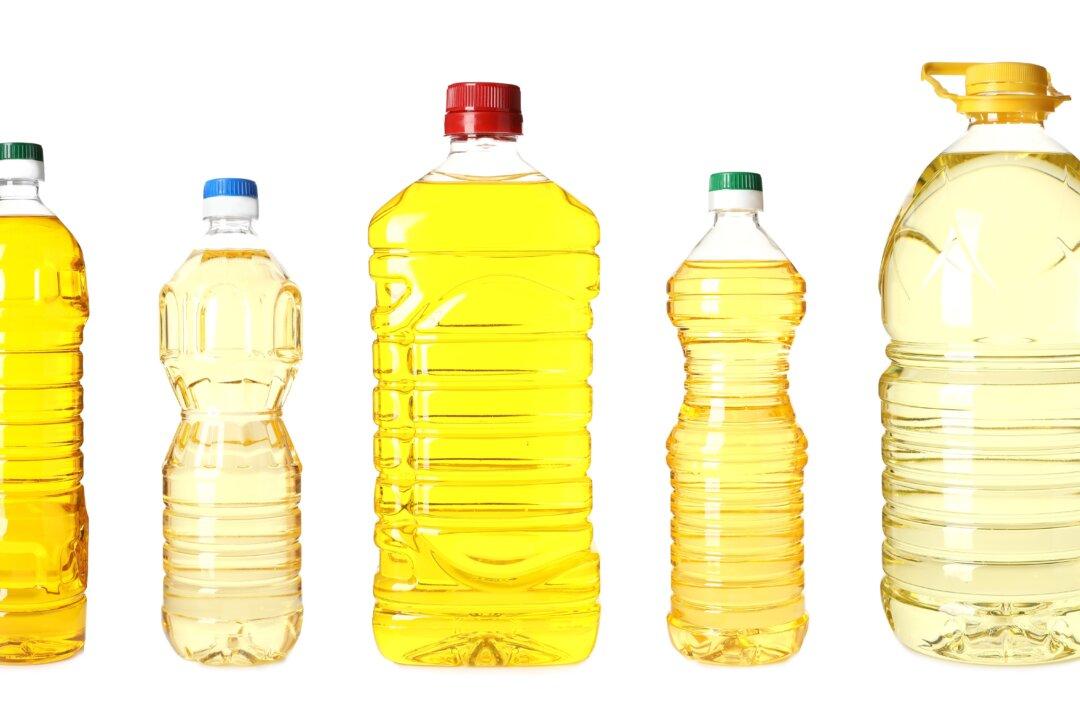The majority of Americans are being misled by official health recommendations to eat “healthy” vegetable oils. Even the term “vegetable oil” is misleading because it gives you the impression that you are receiving vegetable micronutrients when these oils are usually toxic, industrially processed seed oils.
Seed oils are a key ingredient in processed foods and some of the most dangerous “foods” you could eat.






